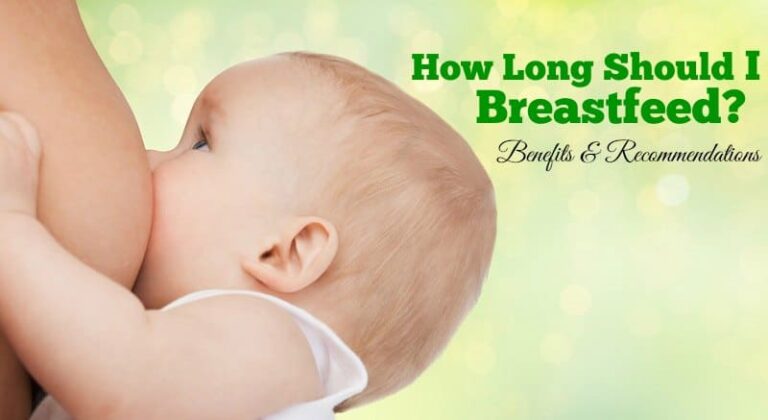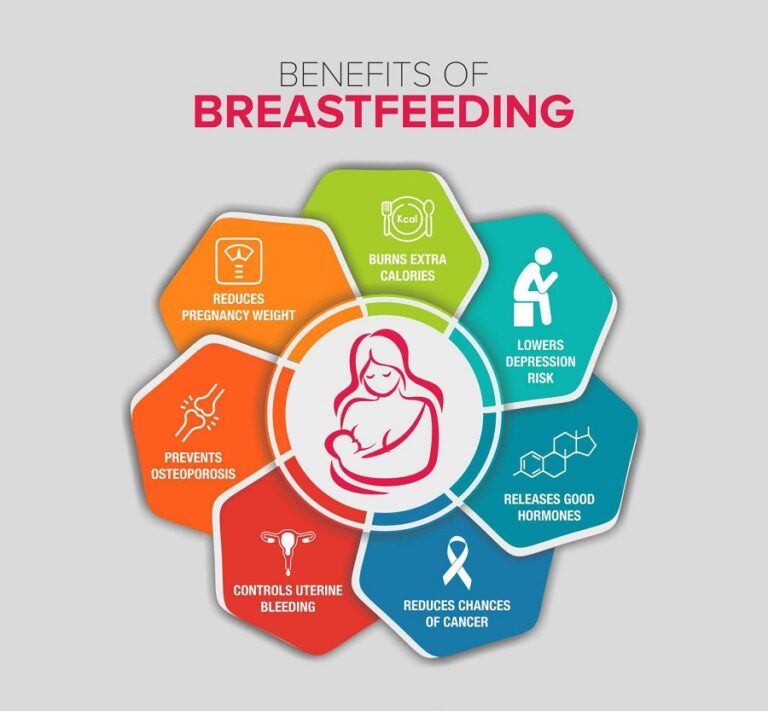Weaning: When is the right time?
When is it time to stop weaning? Many mothers ask themselves this question. But there is no perfect time to wean. Find out in our article when, according to the World Health Organization, you should stop breastfeeding at the earliest and how best to do it to make the time comfortable for both your baby and you.
When to stop weaning? WHO recommendations
The World Health Organization (WHO) recommends full breastfeeding for at least six months. Because breastfeeding offers you and especially your child some health benefits. You can find out more about this in our article “What are the advantages of breastfeeding?”. Furthermore, the WHO recommends that in addition to a healthy and balanced diet, breast milk should continue to be offered to the child within the first two years of life.
When is weaning an issue for mothers?
However, our MomaSquad survey in 2009 showed that mothers tend not to follow WHO recommendations when it comes to when to stop weaning. Of the 3,500 mothers surveyed, only 29 percent said they had breastfed longer than the recommended six months. Twenty percent of mothers did not breastfeed their child at all and the majority (29 percent) breastfed for less than three months. 22 percent breastfed for three to six months.
When is earlier weaning advisable?
If mother and baby are healthy, there are no medical reasons to stop weaning early. However, if you need to take medication, you should talk to your doctor about whether and when you should stop weaning. The active ingredients of the medication can be transmitted to your baby through breast milk and depending on the medication, this can be very harmful. If your baby is sick, you don’t have to stop breastfeeding. It is even better if you continue to breastfeed in this case. Breast milk provides your child with valuable ingredients that strengthen the immune system. You can find out more about this in our article “Breast milk: How is it composed?“.
In the case of a new pregnancy, most doctors advise weaning. However, as long as there are no premature contractions, which could be aggravated by breastfeeding, it is entirely up to you if and when you want to wean during pregnancy.
Many mothers breastfeed when the little ones get their first teeth and start biting or when the child is so independent that he opens the blouse or pushes up the sweater, although the mother does not want to breastfeed. Another factor in weaning is also when the mother returns to work.
When mom and baby show the desire to wean
Sometimes mother and child notice at the same time when it is time to wean. The baby breastfeeds itself by slowly losing interest in the maternal breast. In this situation, the mother no longer offers the breast on her own until the infant asks for it. This form of weaning is the most harmonious and stress-free for mother and child. But if you want to wait for your baby to wean itself, you have to be prepared for breastfeeding to last a very long time.
Weaning slowly and gently
At best, weaning means slowly weaning your baby from breast milk. Because your baby has become accustomed to breastfeeding meals over a long period of time and often cannot understand that it should no longer receive them. However, some children also decide on their own to stop drinking from the chest. Regardless of whether weaning comes from you or your baby, it should be done gently and calmly. This is easier and less stressful for both of you. Because breastfeeding is not only food intake, but also a source of closeness and security. For you, weaning too suddenly can also lead to physical discomfort. Because your body continues to produce milk even after weaning. If your breast is not emptied, it can lead to milkcongestionor even breast inflammation.
If you want to start weaning, it makes sense to plan this as a gradual process that, according to the recommendations of the World Health Organization (WHO), allows you to start from the beginning of the 7th month of life.
Replace breastfeeding meals gradually
In the course of the weaning process, you should gradually replace individual breastfeeding meals with other meals. If your baby getscomplementary food, you can replace the breastfeeding meals step by step. If your baby should continue to be fed only with formula, but you still want or have to wean, then you can gradually replace the breastfeeding meals with thefeeding with the bottle. So your baby can slowly get used to the new food and at the same time the amount of milk in your breast is slowly reduced.
For example, start at noon and replace another breastfeeding meal with a bottle at intervals of a few days. You should not express excess milk, this would only increase the amount of milk again and prolong the process of weaning. For some women, weaning is slow, for others very fast. Just listen to your body and give yourself the time you need.
Lovingly design weaning
You can easily compensate for the loss of closeness and security caused by weaning by additional play or cuddling. How about setting a certain time of the day that you definitely spend with your baby? For example, you could play together for an hour before your afternoon nap or cuddle together on the sofa. Pamper your baby with just as much love and tenderness when feeding with the bottle as when breastfeeding: Take it out of bed with every bottle meal and hold your baby alternately in the right and left arm – as with breastfeeding. With the first vial, there is also a good opportunity to involve the partner.
Support from the partner during weaning
Weaning will be easier for your baby if your partner takes over feeding at this stage. So your baby is less confused because it now suddenly gets the bottle instead of the breast from you. Your baby can remember smells very well and assign them to people. It automatically associates your smell with breast milk. This cannot happen with dad or grandma and weaning is easier for your baby to accept.

